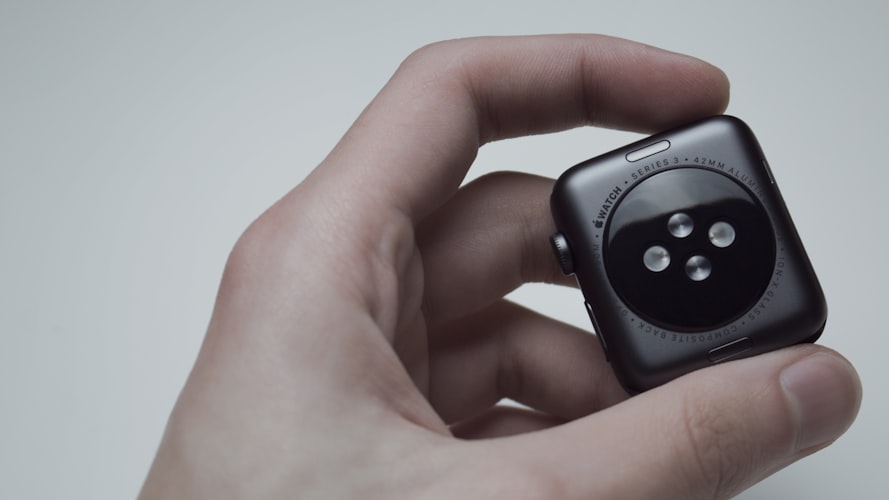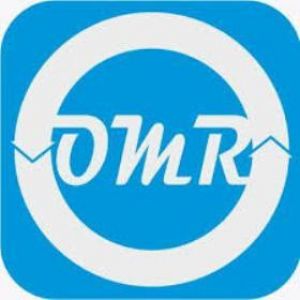Global Wearable Sensors Market Research and Forecast 2018-2023Posted by Orion Market Research on July 16th, 2018 Global wearable sensor market has recently perceived the growth in research and commercialization. Wearable sensor technology continues to advance and provide significant opportunities for improving the market. By the introduction of advanced technology in smart materials, flexible electronics, low-power computing and networking have reduced barriers to technology accessibility, cost of wearable sensors and integration. The wearable sensors are used to monitor, body temperature, stress level, heart rate, heart pressure, velocity, blood pressure, speed and movements. Wearable sensors can be employed in various wearable devices that include smart-watch, body-wear, smart shoes, fitness watch, virtual reality headsets, glasses, jewelry, and sleep masks. The key factors that are augmenting the market growth include real-time data collection, envisaging and alerting consumers about the health risks, and continuous health tracking and monitoring system. The accelerometers, magnetometers, gyroscopes, image sensors, inertial sensors, temperature & humidity sensors, pressure & force sensors, touch sensors and motion sensors, chemical and biochemical sensors, and others consisting in the market. The application-specific integrated circuit (ASIC), CMOS wearable sensors, optical spectroscopy and microsystems technology (MST) are involved in the integrating systems. The technology such as Bluetooth, zigbee, Wi-Fi, radio-frequency identification (RFID), near field communication (NFC), z-wave, and ANT are involved the market according to the area of different areas of the application. The deployment of wearable sensors includes eyewear, clothes, wrist wear, pendant-type, body wear, headwear, ear wear, and others. Browse full report at: Wearable Sensors Market Wearable sensor technology is widening its wing span in almost every sector such as industrial, healthcare and aerospace industries, hence constant development should take place in global wearable sensor market the application for wearable systems originates from the need for monitoring patients over extensive periods of time. These sensors are essential for monitoring patients who have chronic condition risk of sudden health problem. Phillips provides the optical sensing technology to track blood volume variations and an accelerometer to track body motion. The miniaturization and energy optimization of sensors opens new possibilities in the field of sleep research. Wearable sensors can record vital parameters during sleep in a simple and unobtrusive manner. To analyze sleep architecture and sleep disorders, continuous monitoring of movements and cardiorespiratory parameters in high resolution is of central importance. In this paper a novel wearable sensor device based on impedance plethysmography (IPG) is presented, which can continuously monitor movements and cardiac parameters at the wrist. The sensor is designed to realize high resolution measurements up to 48 hours constantly. Measurements of body activity during sleep show that up to 98% of the pulse intervals are correctly detected. Furthermore, the comparison of the heart rate variability (HRV) parameters between IPG and the gold standard ECG demonstrate the potential of the sensor as a valid tool for ambulant sleep analysis. Related Reports: Healthcare IT Industry Research The introduction of smartwatches based on sensor technology also boosting the market. In 2016 Fitbit the digital health company launched flex 2 that is activity tracker for the price and charge 2 the heart tracking band for the price of 9 that comprises OLED display and other features. In 2017 Motive that is a wearable sensor-based device manufacturer introduced smart jewelry for men and women for tracking heart rate and other metrics more commonly found in wrist-wrapping wearables. In Jan 2018, L’Oréal, the global leader in beauty products, has announced the launch of two sun safety products, UV Sense and My UV Patch. The product consists of a sensor that tracks the sun exposure for lowering the risk of skin cancer. The IoT technology also plays an important role in wearable devices to improve safety in industrial sectors including mining, oil and gas, transport and manufacturing. Wearable gadgets, such as the Apple Watch, and a host of other smart devices by other companies, such as Samsung, Google, Jawbone, Fitbit, Adidas, Pebble, Motorola and Johnson & Johnson, will drive the global wearable sensor market. Like it? Share it!More by this author |



